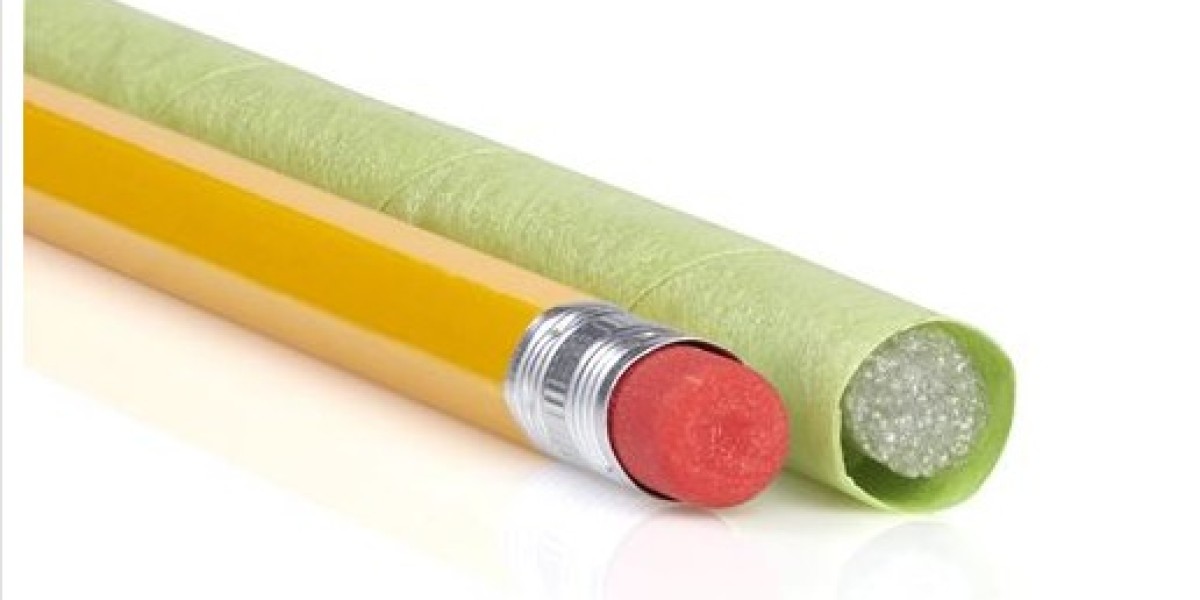Automotive aperture tape is a specialized masking tape used in the automotive industry to protect specific areas of a vehicle during painting or repair work. This tape is designed to fit into the gaps or apertures between doors, hoods, and other body panels, ensuring that paint is applied only where it's needed and that other areas remain untouched. It features a foam core that can adapt to different widths and surfaces, making it a versatile and essential tool for anyone working on vehicle restoration or customization.
Purpose of the Outline This outline serves to guide readers through the various benefits of using automotive aperture tape. From protecting vehicles from paint damage to ensuring a clean, professional finish, the following sections will detail why this tape is an invaluable tool for both professionals and DIY enthusiasts.
Benefits of Using Automotive Aperture Tape
Protection from Paint Damage
1. Prevents Overspray One of the primary benefits of automotive aperture tape is its ability to prevent overspray. During the painting process, it’s common for paint to spread beyond the intended area, potentially damaging other parts of the vehicle. By using aperture tape, you can create a barrier that blocks unwanted paint from reaching delicate surfaces like glass, rubber moldings, and trim, ensuring that the paint only goes where it’s supposed to.
2. Protects from Scratches and Chips In addition to preventing overspray, automotive aperture tape also protects the vehicle’s surface from scratches and chips. The foam core of the tape cushions the edges of doors and panels, reducing the risk of accidental damage during the painting process. This protection is particularly important when working on high-value vehicles or when aiming for a flawless finish.
Clean and Professional Finish
1. Sharp Paint Lines Achieving sharp, clean paint lines is crucial for a professional-looking finish. Automotive aperture tape is designed to fit snugly into gaps, ensuring that paint doesn’t bleed underneath and that the edges of the painted area are crisp and well-defined. This precision is essential for both full-body paint jobs and smaller touch-ups, where even the smallest imperfection can be noticeable.
2. No Residue or Adhesive Marks One of the challenges with traditional masking tape is the adhesive residue it can leave behind. This residue not only requires additional cleaning but can also damage the vehicle’s surface. Automotive aperture tape, made with high-quality adhesive like 3M™ High Performance Green Masking Tape 401+, ensures a strong bond without leaving any marks or residue upon removal. This feature saves time and ensures that the final result is clean and polished.
Time and Cost Efficiency
1. Easy Application and Removal Automotive aperture tape is designed for ease of use. It can be quickly applied to the vehicle’s surface, sticking securely to various materials such as metal, glass, plastic, and rubber. The tape is also easy to remove, reposition, and adjust without losing its adhesive properties, which reduces the time spent on the masking process and allows for quicker project completion.
2. Reduces Rework and Touch-Ups Because automotive aperture tape creates precise paint lines and prevents damage, it minimizes the need for rework and touch-ups. This efficiency not only saves time but also reduces the overall cost of the project by eliminating the need for additional materials and labor. For professionals, this means higher productivity and profitability, while DIY enthusiasts can enjoy a smoother, more satisfying experience.
Versatility
1. Suitable for Various Surfaces and Shapes Automotive aperture tape is versatile enough to be used on a wide range of surfaces and vehicle shapes. Whether you’re working with curved panels, tight spaces, or large gaps, the tape can be adapted to fit the specific needs of the project. The foam core can be removed or doubled up to accommodate different gap sizes, making it a flexible solution for various applications.
2. Can Be Used for Multiple Applications Beyond traditional painting tasks, automotive aperture tape can be used for other applications, such as masking off “target areas” for small touch-ups or protecting sensitive parts during vehicle assembly. This multi-purpose functionality makes it a valuable tool for both professional auto shops and home garages.
How to Use Automotive Aperture Tape
Surface Preparation
1. Clean and Dry Surface Before applying automotive aperture tape, it’s essential to ensure that the surface is clean and dry. Any dirt, dust, or moisture can prevent the tape from adhering properly, leading to potential issues during the painting process. Use a clean cloth and a mild solvent to wipe down the area where the tape will be applied, removing any contaminants that could interfere with adhesion.
2. Remove Any Existing Tape or Residue If there is any old tape or adhesive residue on the surface, it should be removed before applying the new tape. This step ensures that the aperture tape will stick securely and that there won’t be any interference with the paint application.
Application Techniques
1. Proper Alignment and Tension When applying automotive aperture tape, it’s important to align it correctly with the gap or surface you’re working on. Apply the tape with even tension to ensure that it fits snugly without wrinkles or air bubbles. This alignment helps create sharp paint lines and prevents paint from seeping underneath the tape.
2. Overlapping for Full Coverage In some cases, it may be necessary to overlap the tape to ensure full coverage of the area you’re masking. This technique is particularly useful for larger gaps or when working on complex surfaces where a single layer of tape may not be sufficient. By overlapping the tape, you can create a more secure barrier and achieve better results.
Removal Process
1. Clean Removal Without Residue After the paint has dried, carefully remove the automotive aperture tape to reveal the finished surface. The tape should peel away cleanly, without leaving any adhesive residue behind. This clean removal is crucial for maintaining the quality of the paint job and ensuring that no additional cleaning or touch-ups are needed.
No Damage to the Surface Automotive aperture tape is designed to be gentle on the vehicle’s surface, even during removal. Unlike some masking tapes that can pull up paint or leave marks, aperture tape ensures that the underlying surface remains intact and undamaged. This gentle removal process is especially important for vehicles with delicate or high-value finishes.
Conclusion
Recap of Benefits Automotive aperture tape offers numerous benefits, including protection from paint damage, a clean and professional finish, time and cost efficiency, and versatility. By using this tape, you can achieve better results in your automotive projects, whether you’re painting an entire vehicle or performing a small touch-up.
Encouragement to Try Automotive Aperture Tape If you haven’t yet tried automotive aperture tape, now is the time to do so. Its ease of use, superior performance, and ability to save time and money make it an invaluable tool for anyone involved in automotive work.
Additional Tips for Successful Application For best results, always ensure that the surface is clean and dry before applying the tape. Take your time with alignment and application, and don’t hesitate to overlap the tape if needed. By following these tips, you’ll be able to maximize the benefits of automotive aperture tape and achieve professional-quality results in your projects.
For more info: https://www.tubetape.works/what-it-is









